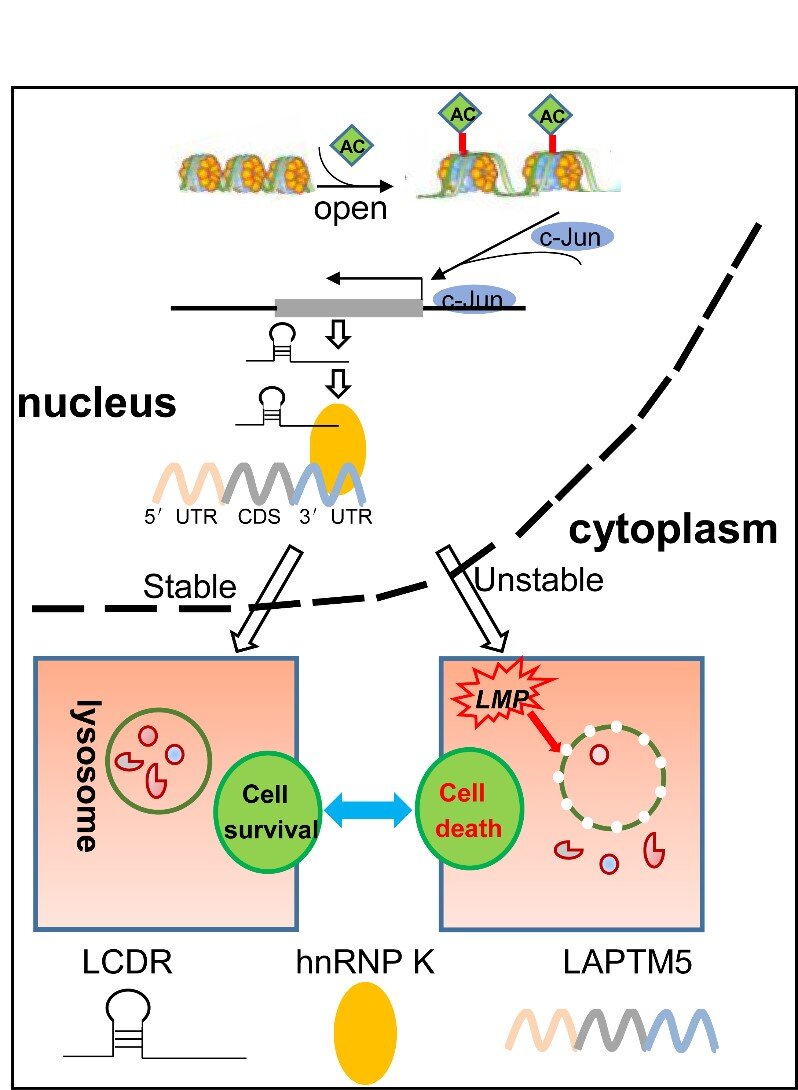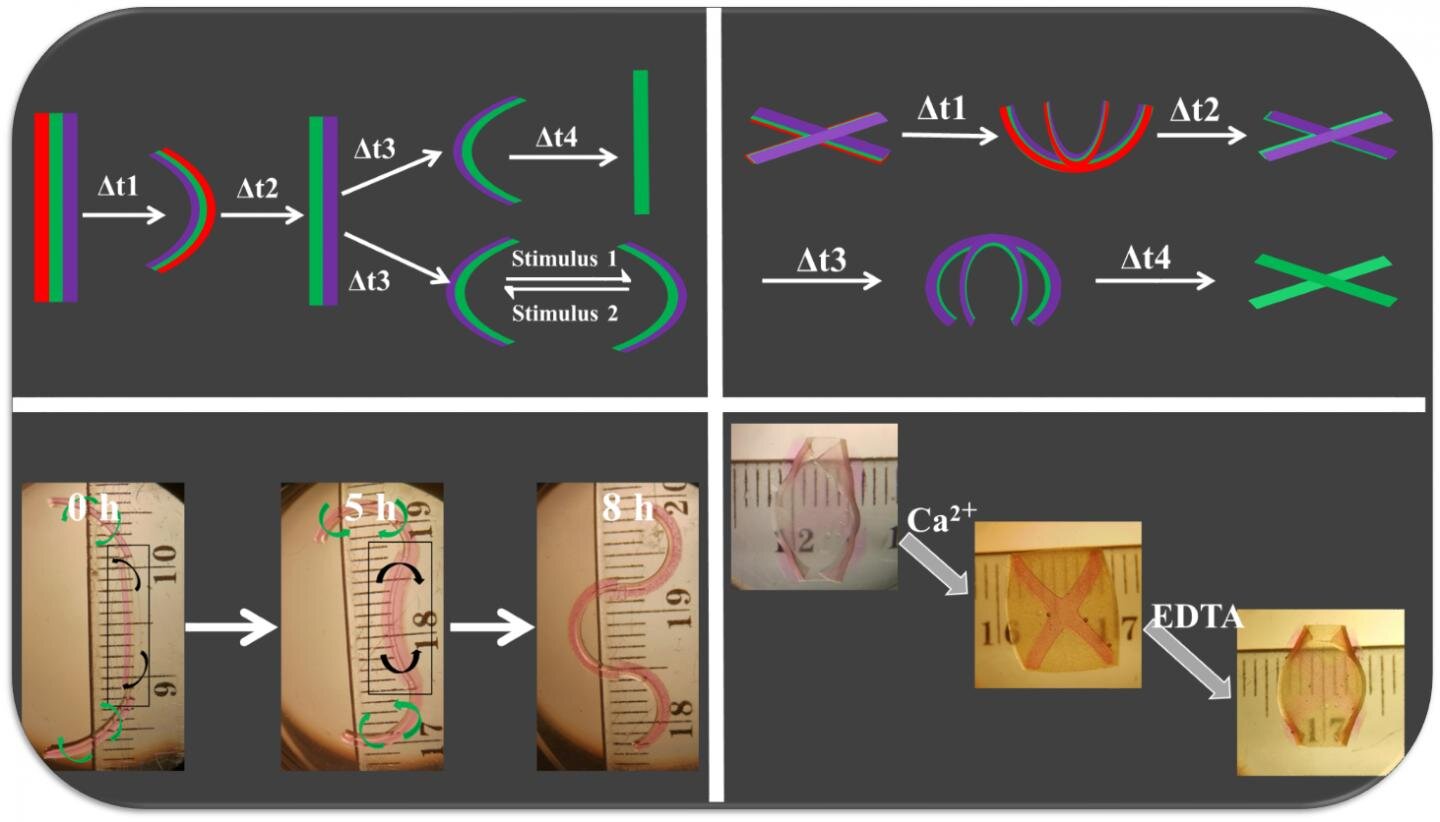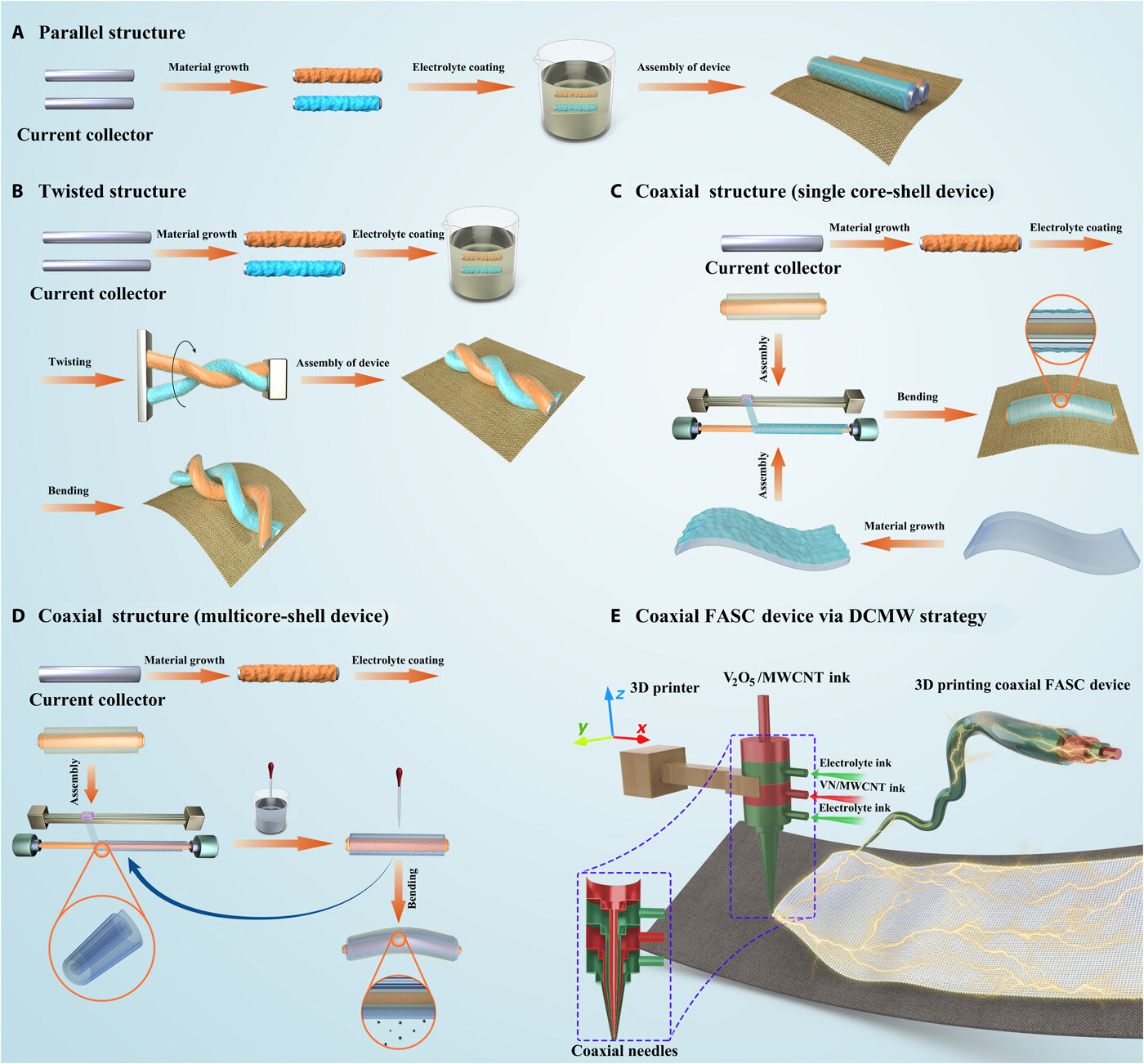#Scientists find potential diagnostic and therapeutic target for lung cancer

“#Scientists find potential diagnostic and therapeutic target for lung cancer”

Chinese scientists recently reported the key role in tumor survival played by a histone-acetylation-regulated long noncoding RNA called lysosome cell death regulator (LCDR), providing a potential diagnostic and therapeutic target for lung cancer.
Led by Prof. Gao Shan from the Suzhou Institute of Biomedical Engineering and Technology of the Chinese Academy of Sciences (CAS), the researchers revealed that knockdown of LCDR in lung cancer cells could promote apoptosis. Results were published in PNAS.
Lysosome is involved in cellular homeostasis, and its dysregulation has been linked to various human diseases, including cancer. LncRNAs are noncoding RNAs with lengths longer than 200 nucleotides, whose dysregulation is associated with cancer hallmarks. They drive cancer growth and survival by interacting with DNA, RNA and protein assemblies, including the heterogeneous ribonucleic acid protein (hnRNP) family.
However, whether lncRNAs and/or hnRNPs are involved in lysosome-mediated cancer survival has not been elucidated.
In this study, LCDR binds to heterogeneous nuclear ribonucleoprotein K (hnRNP K) to regulate the stability of the lysosomal-associated protein transmembrane 5 (LAPTM5) transcript that maintains the integrity of the lysosomal membrane.
According to the researchers, knockdown of LCDR, hnRNP K or LAPTM5 promoted lysosomal membrane permeabilization and lysosomal cell death, thus resulting in apoptosis. LAPTM5 overexpression or cathepsin B inhibitors partially restored the effects of this axis on lysosomal cell death in vitro and in vivo.
Similarly, targeting LCDR significantly decreased tumor growth of patient-derived xenografts of lung adenocarcinoma (LUAD) and led to significant cell death using nanoparticle (NPs)-mediated systematic siRNA delivery.
Moreover, LCDR/hnRNP K/LAPTM5 were upregulated in LUAD tissues, and their co-expression showed increased diagnostic value for LUAD.
These findings shed light on LCDR/hnRNP K/LAPTM5 as potential therapeutic targets, indicating lysosome targeting as a promising strategy in cancer treatment.
To selectively kill cancer cells, target a protein channel in the cell’s lysosome, study suggests
LCDR Q:0 regulates the integrity of lysosomal membrane by hnRNP K–stabilized transcript and promotes cell survival, Proceedings of the National Academy of Sciences (2022). DOI: 10.1073/pnas.2110428119.
Citation:
Scientists find potential diagnostic and therapeutic target for lung cancer (2022, January 17)
retrieved 18 January 2022
from https://medicalxpress.com/news/2022-01-scientists-potential-diagnostic-therapeutic-lung.html
This document is subject to copyright. Apart from any fair dealing for the purpose of private study or research, no
part may be reproduced without the written permission. The content is provided for information purposes only.
If you liked the article, do not forget to share it with your friends. Follow us on Google News too, click on the star and choose us from your favorites.
For forums sites go to Forum.BuradaBiliyorum.Com
If you want to read more Like this articles, you can visit our Science category.



